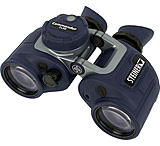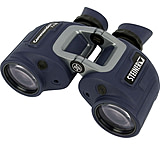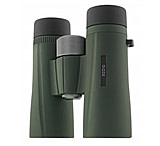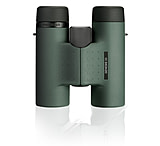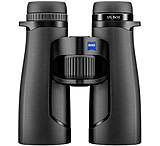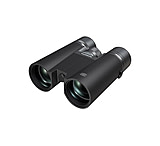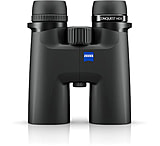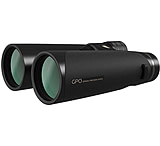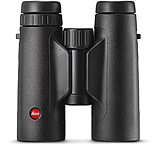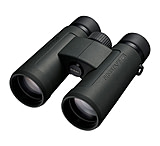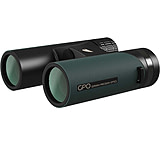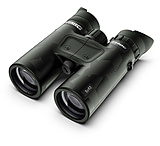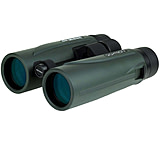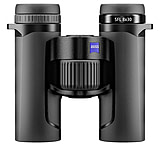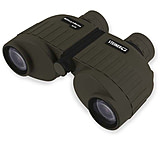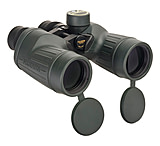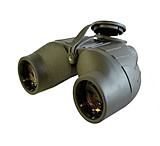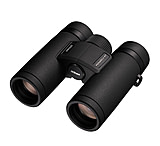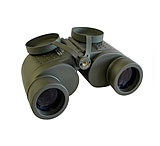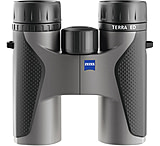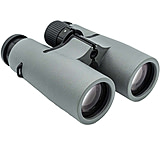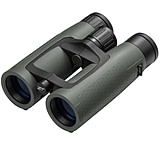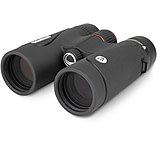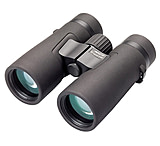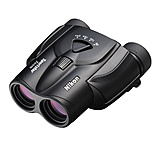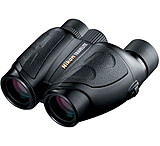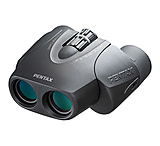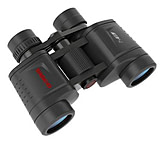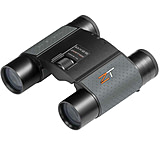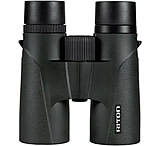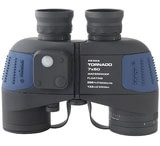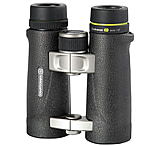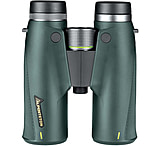7x - 9x Binoculars - Mid-Power Binoculars, Medium Magnification Binoculars & More — 333 products / 389 models — Page 1
Medium-Magnification Binoculars would be defined as between about 7x and 9x magnification. The objective lens diameter can vary a lot depending on the design of the binoculars and their general intended use. When you hear “binocular power” this refers to the magnification, not necessarily any other factor like the objective lens, field of view, eye relief, etc. Medium-power or mid-power binoculars are good for all-around use like bird watching, hunting, and other outdoor activities. 7x50 and 8x42 binoculars are very common for these types of users.![]()
Compact mid-magnification binoculars will have a smaller objective lens, like 8x30 or 8x32 binoculars.
Examples of Lower Magnification Binoculars would be those in the 1x to 6x magnification range. These are great for watching sports or combining with a very high objective lens diameter for optimal light gathering in low light conditions.
10x-12x Magnification Binoculars are on the higher-magnification end of mid-magnification. They are also used frequently for outdoor activities. They can have a narrower field of view, though, so in low light conditions like dusk and dawn, they may not perform as well as their 7x-9x cousins.
Higher Magnification Binoculars would be those at or over 13x magnification. These are what are usually called “high-power binoculars”, and are for viewing at very long distances or for very detailed views of objects, like the feather pattern of a small bird in a tree.
Zoom Binoculars allow you to adjust the magnification depending on your needs. They may zoom from 2x up to 10x magnification, for example. There are some models that even allow you to zoom all the way up to 140x magnification! You can tell that they’re zoom binoculars because the magnification will be shown in a range, like “2-10x”.
What are 7x50 binoculars good for?
7x50 binoculars are very good for light gathering in low light conditions like dusk and dawn, so they’re ideal for hunters and bird watchers.
What does 7x 35 mean on binoculars?
The first number in any pair of binoculars refers to magnification. In this example, “7x” is the magnification. The easiest way to understand magnification is to think of the object you’re viewing as “7 times closer” or “7 times bigger” than you see with the naked eye.
The second number in any pair of binoculars is the objective lens, measured in millimeters. In this example, “35” means the objective lens is 35 millimeters wide. When combined with magnification, the objective lens determines the field of view, or “width of the picture” you’re seeing through the binoculars.
The narrower the field of view, the less light-gathering (amount of light) capability. A wider field of view has more light-gathering capability and is optimal for low light conditions.
Is 8x better than 10x binoculars?
This depends on what you want to do with them. We’ll use an example assuming a 42mm objective lens. 8x42 binoculars are very common for outdoor use, and in full daylight 10x42 may well be better overall. However, due to the narrower field of view and lower light-gathering, the 10x42 are noticeably dimmer at dusk and dawn than the 8x42 binoculars. Why? A rough gauge of the field of view and light gathering is to take the number of the objective lens and divide it by the magnification. The higher the number, the wider the field of view and the better light gathering. 42mm/10x=4.2 and 42mm/8x=5.25, that’s 25% more light with the 8x42 binoculars!
Buy Medium-Magnification Binoculars from OpticsPlanet!
Buy all of your Binoculars & Accessories from OpticsPlanet! We carry a huge selection for everything from bird watching to stargazing, and you’re sure to find exactly what you need right here. You can learn more in our How-To Guides for Binoculars from in-house experts and enthusiasts, or browse our Best Binoculars in 7x-9x Magnification by Customer Ratings!

























